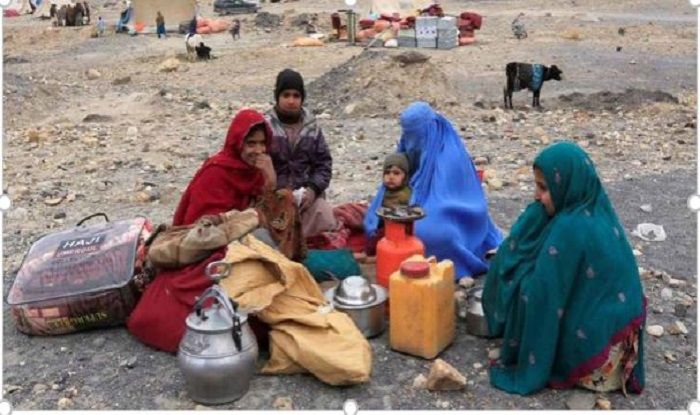Afghan migrants forcibly repatriated from Pakistan and Iran have expressed concerns about mistreatment by authorities, prompting calls for international intervention to address their plight.
According to TOLOnews, Afghan returnees from Iran have reported instances of physical abuse by Iranian government forces. Bashir, who was recently deported along with his three children, described his experience of resistance that led to assaults by Iranian authorities. “Right now, I don’t know if my ribs are broken or what happened to me. I can’t lift two kilograms,” Bashir said.
Similarly, Salahuddin, another deportee from Iran, highlighted the difficulties faced by Afghan migrants seeking livelihood opportunities in Iran, saying, “We have no choice but to return to Iran to support our children.” We went there and they gave us a really hard time.”
Meanwhile, Afghan immigrants living in Pakistan, such as Reza Sazesh, expressed concern about the increasing challenges they face in the country. Mr. Sazesh lamented that Afghan immigrants are being deported from Quetta and Islamabad even if they have valid documents.
In response, the Taliban consul general in Karachi called on Pakistani authorities to extend the deadline for Afghan migrants to return home. The Taliban Ministry of Refugees and Repatriation reported that approximately 2,800 Afghan migrants returned from Iran, both voluntarily and forcibly, on May 1.
The Office of the United Nations High Commissioner for Refugees (UNHCR) highlighted the dire human rights situation in Afghanistan and stressed the urgent need for humanitarian assistance. There are an estimated 7.7 million Afghan nationals in Iran and Pakistan, and approximately 1.6 million have been forcibly returned to Afghanistan since 2021.
In this context, Amnesty International and other human rights organizations have expressed concern over the continued expulsion of Afghan migrants from Pakistan and called for an immediate halt to this process.
As the situation evolves, the plight of Afghan migrants highlights the challenges faced by vulnerable populations in navigating regional migration dynamics and accessing basic human rights.

